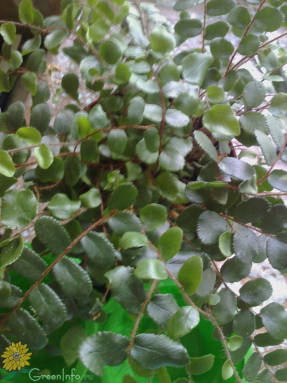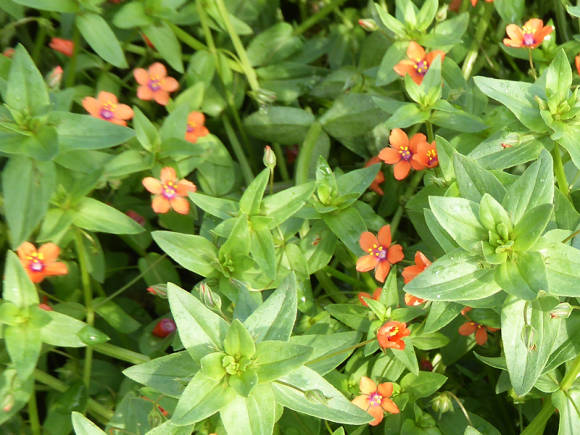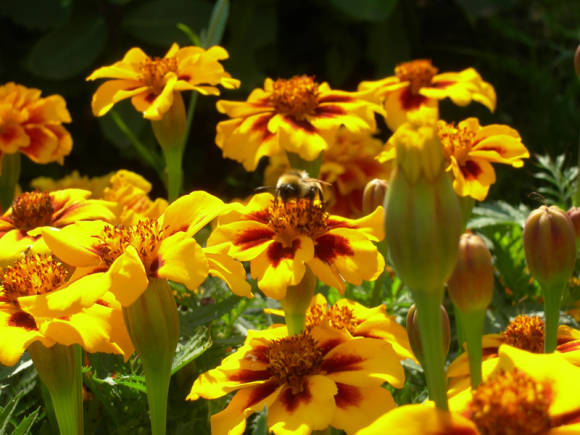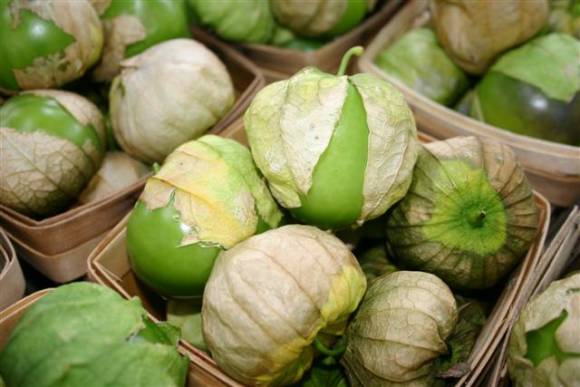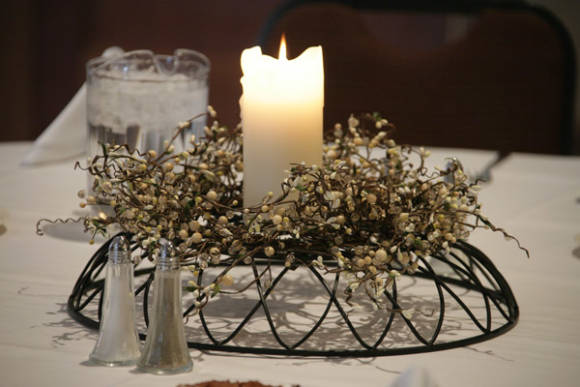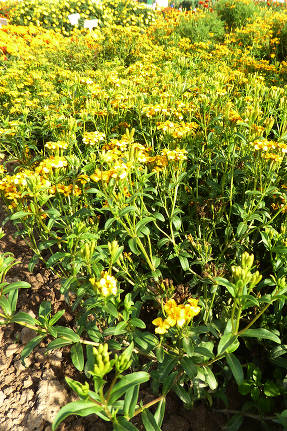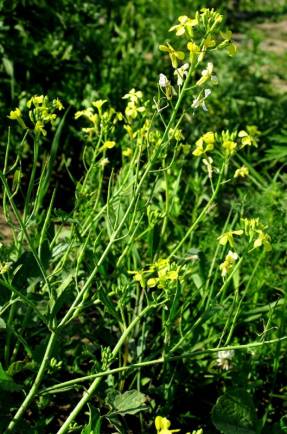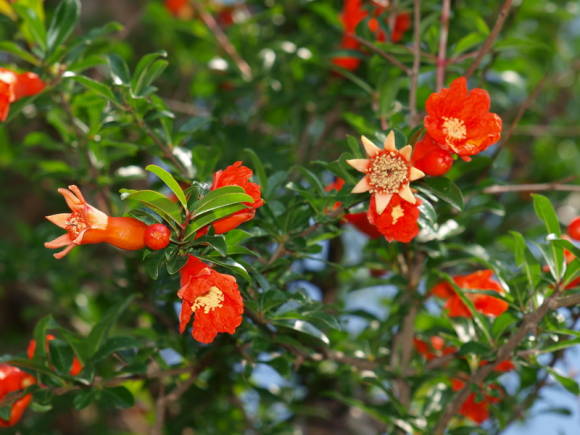We are so accustomed to calling this plant the chokeberry that it does not even occur to us that from a botanical point of view it has nothing to do with the specified genus, but belongs to the genus Aronia. It has been known in Russia since 1893. Thanks to the works of I.V. Michurina gained fame and distribution in our country, first as a fruit crop. In 1935, he transferred the seedlings to the Altai Experimental Gardening Station, where, under the guidance of Professor M.A. Lisavenko chokeberry began to be studied in detail as a promising and winter-hardy food plant, and when the medicinal properties of its fruits were revealed, then as a medicinal plant. So let's say a good word about the value of this plant.

Almost the entire periodic table
The fruit is what it is grown for everywhere. In size, shape and taste, they resemble the fruits of mountain ash, but there is no bitterness in them. They are sweet, somewhat tart, contain up to 8% sugars (glucose, sucrose, fructose), up to 1.3% organic acids (most of all malic), up to 0.75 pectins and up to 0.6% tannins. Chokeberry fruits are poor in ascorbic acid (about 15 mg%), but they contain other vitamins: B2 (0.13 mg%), PP (0.5 mg%), E (1.5 mg%), folic acid 0.1 mg%), phylloquinone (0.8 mg%).
Separately, it should be said about compounds with P-vitamin activity, and there are a lot of them, up to 2000 mg% (there are reports of the detection of 6500 mg%), but some of them are tart tannins with low capillary-strengthening activity. However, this does not prevent it from being used to obtain vitamin P, which is a mixture of flavonoids hesperidin, rutin, quercetin and some others with high biological activity.
The pulp of the fruit contains amygdalin, coumarins and other compounds. From trace elements are allocated: iron -1.2 mg, manganese -0.5 mg, iodine 5-8 μg per 100 g of pulp, as well as salts of molybdenum, copper, boron.

Nadezhda hypertensive ...
Fresh chokeberry fruits are used for the prevention of P-vitamin deficiency, as well as for the treatment of hypertension of I and II degrees, as well as other diseases accompanied by high blood pressure. The fruits are taken 100 g 3 times a day. The course of treatment is 10-30 days. Fruits with stalks can be stored for a rather long time on the balcony or in the refrigerator, so even a rather long course of treatment is not difficult to carry out.
At home, for the treatment of hypertension can be used chokeberry juice- half a glass 3 times a day for 2 weeks. In addition, fruit juice is popularly considered a good remedy for burns. To prepare chokeberry juice, the fruits are freed from the stalks, sepals, washed thoroughly and a little water is added (100 g per 1 kg of fruit). After that, it is heated in an enamel pan and kept for 20-30 minutes until softened with constant stirring. Then they are kneaded with a wooden pestle and passed through a meat grinder. To get juice without pulp, it is filtered through several layers of gauze.
Can be used infusion of dry fruits... After harvesting, the fruits are separated from the stalks and dried at a temperature not exceeding 60 ° C. In winter, to prepare the infusion, take 2-4 tablespoons of raw materials, pour 2 cups of boiling water and insist in a thermos overnight.
In general, in order to get a daily dose of vitamin P, 1 tablespoon of jam is enough.
Aronia is a good prophylactic agent that allows you to preserve the elasticity of the vessel walls for a longer time, maintain their normal permeability and, thereby, prevent sclerosis. Chokeberry helps to reduce blood cholesterol levels.
In addition to the treatment of hypertension and vascular sclerosis, the fruits of chokeberry, like the fruits of other cultures, rich in substances of P-vitamin activity, are useful for various bleeding, after treatment with drugs with anticoagulant action, with radioactive irradiation, with hemorrhagic diathesis, capillary toxicosis, with diabetes mellitus, diseases kidneys, measles, typhus, scarlet fever, rheumatism, allergic conditions, weeping eczema and some other skin diseases.
Berries and juice stimulate appetite, increase the acidity of gastric juice, therefore they are used for gastritis with low acidity.
Aronia is contraindicated in patients with increased blood clotting (this can be seen from the corresponding section of the blood test), in patients with gastric and duodenal ulcers, as well as with increased acidity of gastric juice.
... and the joy of a sweet tooth

Chokeberry fruits are consumed fresh (although this method is not for everybody), they are used to prepare jam, jam, jelly, marmalade, compote, juice, wine. The fruits are dried.
To make the jam tastier, add a little citric acid when cooking. But there is also a more interesting option - add diced Japanese quince, 1/4 of the mass of the chokeberry. It is on the site of most summer residents. The jam immediately acquires a unique aroma, and quince pieces can be caught from the jar in winter and used to decorate homemade cakes or added to the dough when baking a biscuit. Well, very tasty!
A food biologically active dye is obtained from chokeberry juice, which is used in confectionery and vitamin production. And in everyday life, black chops are added to compotes from apples and pears to give them a bright color.
And, of course, chokeberry wine is just nectar, the drink of the gods. Each has its own recipes, but in all cases it is necessary to add sugar during fermentation - chokeberry does not have enough of its own.
Cooking recipes:
- Chokeberry compote on berry juice without sugar
- Chokeberry with garlic
